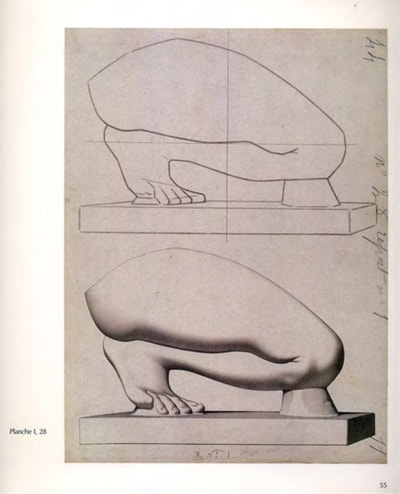


I scanned each plate in 300 DPI, greyscale.I decided I was going to do the course, but it had to be for under $100 bucks (book price excluded). Since Part 1 has 70 plates, Part 2 has 70 plates, and Part 3 has 60 plates, it wasn’t reasonable to expect any art student to shell out, $70 for the book and another $6,000 to create the plates to do the course. They might even charge you more for enlarging it.
#Charles bargue plates pdf full#
If you take the Ackerman book to a copy shop with a laser printer and ask them to blow up one book plate to its actual size (which is 18″ x 24″ for plates in Part 1 & 2 or 28″x 36″ for plates in Part 3) and then print that one plate in full color, you’ll end up paying $28 just to print it off.

All that said, most students of art don’t do the full-size plates for one reason only, the expense. Do it the right way and the jump to painting in black and white (and then color) is a breeze.

Your forced to get over your fear of big, loose, flowing arm movements, even while expressing refined and controlled outcomes. So, word to the wise. Doing the course as intended, using vine charcoal, a full-size plate, and a vertical easel (or wall), prepares you for working in oil, acrylics, and pastel. Often people don’t teach it correctly or even understand the reasons behind the course.įor instance, unless your ultimate goal in art is small, tight pastel, pencil, charcoal, or pen-and-ink drawings, or small, tight watercolors, doing the course in pencil, using the small plates in the book, on an angled easel or drawing board is not going to give you maximum bang for buck. There’s a lot of good information there that you won’t find anywhere else and even ateliers or schools that teach sight-size workshops or classes. It explains pretty much the right way to do the course. If you plan to do the Bargue Drawing Course, you need to buy the book. The wonderful book above, by Gerald M Ackerman, is something you can purchase by clicking on the cover (you’ll end up at Barnes & Noble). Many people have heard of “The Drawing Course” by Charles Bargue. Photo copies of the Bargue plates taken from the book: Charles Bargue.Art students will copy the Bargue plate to.


 0 kommentar(er)
0 kommentar(er)
